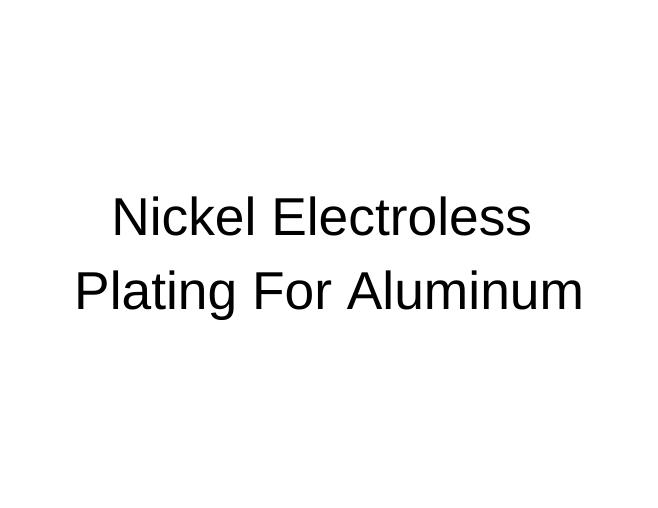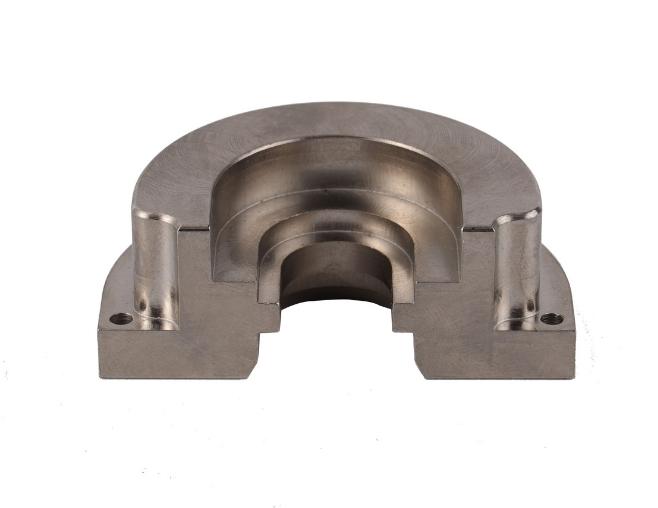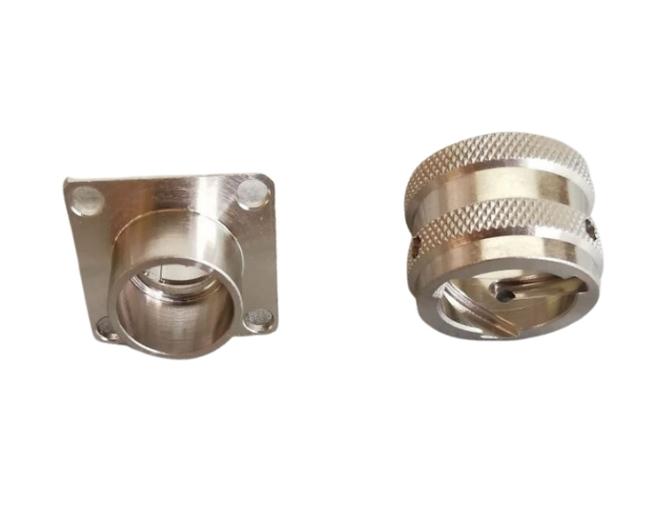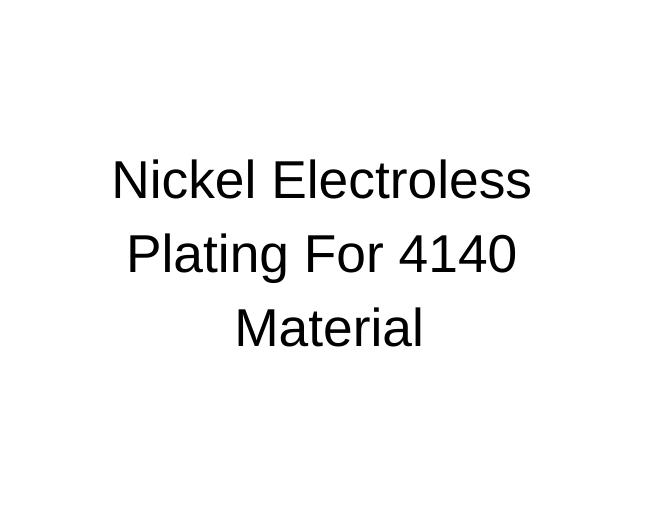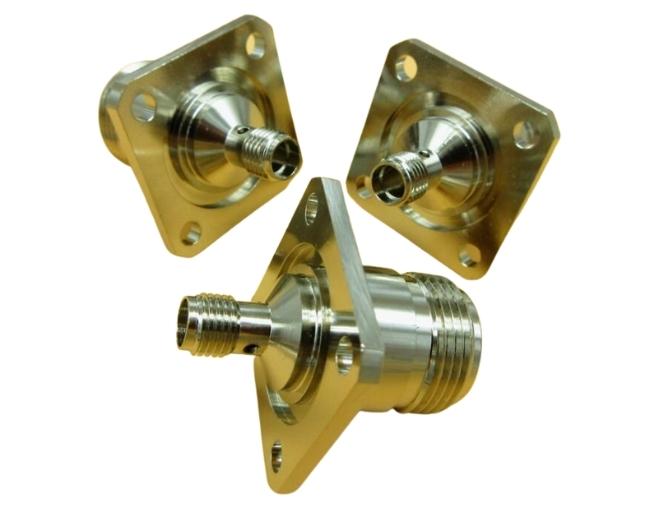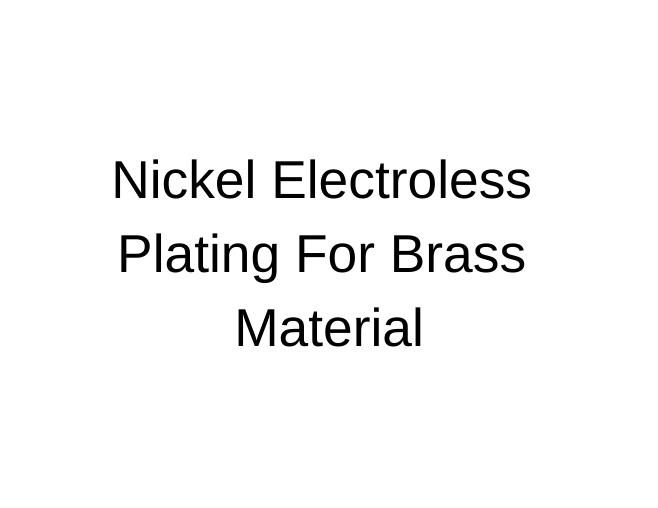What is Nickel Electroless plating?
Nickel Electroless Plating is a process that deposits an alloy of 90% nickel and 10% phosphorus on a wide range of metals. It provides additional wear- and corrosion resistance, lubricity, and ancillary performance characteristics compared to its electrolytic counterpart.


Difference between nickel electroless plating & nickel electroplating
| Difference | Electroless Nickelplating (ENP) | Electroplating Nickel (EP) |
|---|---|---|
| Different principle | ENP is the simpler plating solution, as no electric charge or catalyst is needed. It involves a natural chemical reaction, which occurs evenly on all exposed areas of the base material. | EP process involves an electric current: two electrodes are dipped into a solution and connected to an electric circuit. As electricity flows through the circuit, metal atoms are deposited, resulting in a thin coating. |
| Different plating speed | EP is much fater than NEP | |
| Different environmental protection | ENP is more environmentally friendly than EP | |
| Different applications | We could find ENP all around us, because this method applies a uniform coating to ven the most complex shapes | Its applications is not widely used,such as the aerospace or defense will not use EP. |
Benefits for Nickel Electroless Plating.
Provides an even coating on irregular shapes.
Can be applied to many different base materials, both conductive and non-conductive.
Can reach the hidden surfaces of complex parts.
Results in better corrosion resistance due to the coating’s consistency.
Has a customizable finish, from matte to bright.
Saves money due to less wasted nickel.
High temperature resistance: the melting point of the catalytic alloy layer is 850-890 degrees.
High surface hardness: the surface for steel and cooper could reach to HV570 much higher than before
Nickel Electroless plating projects.

